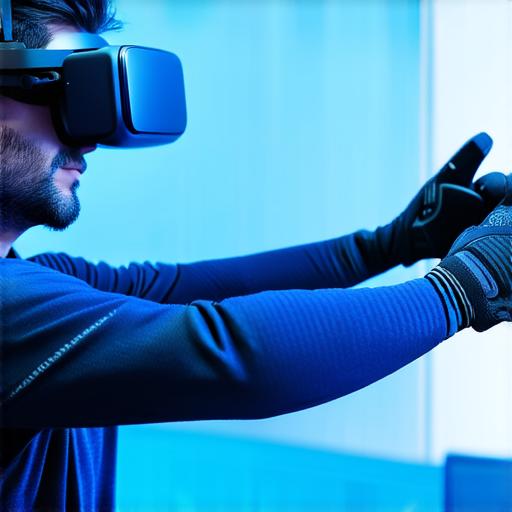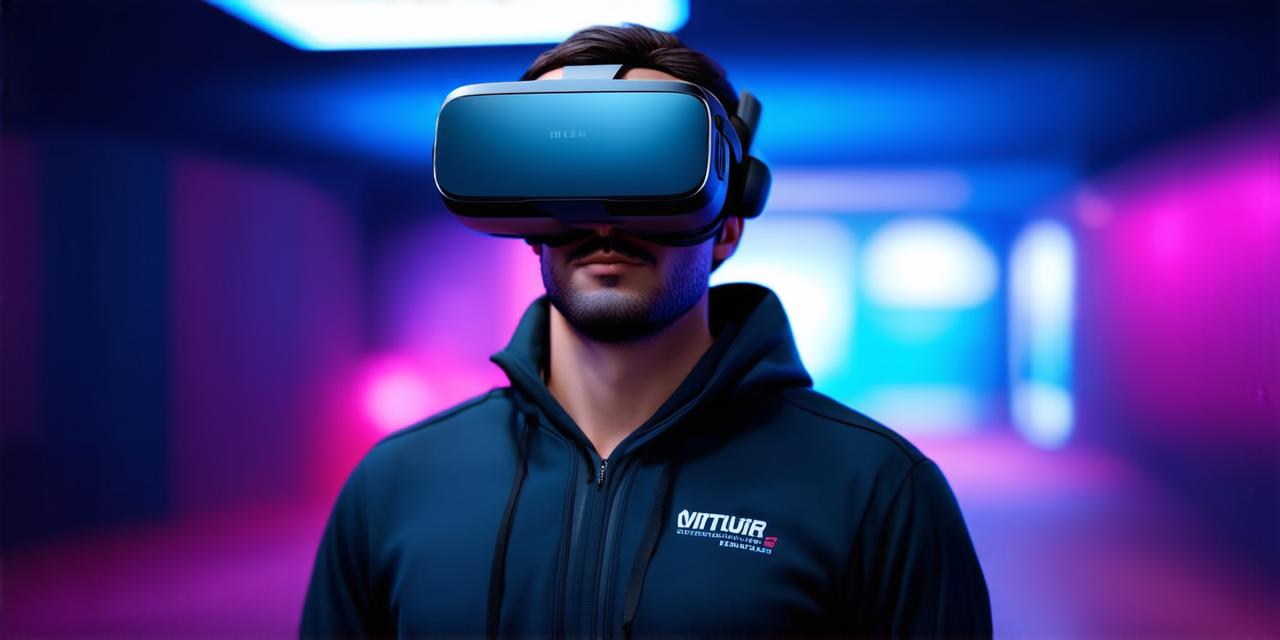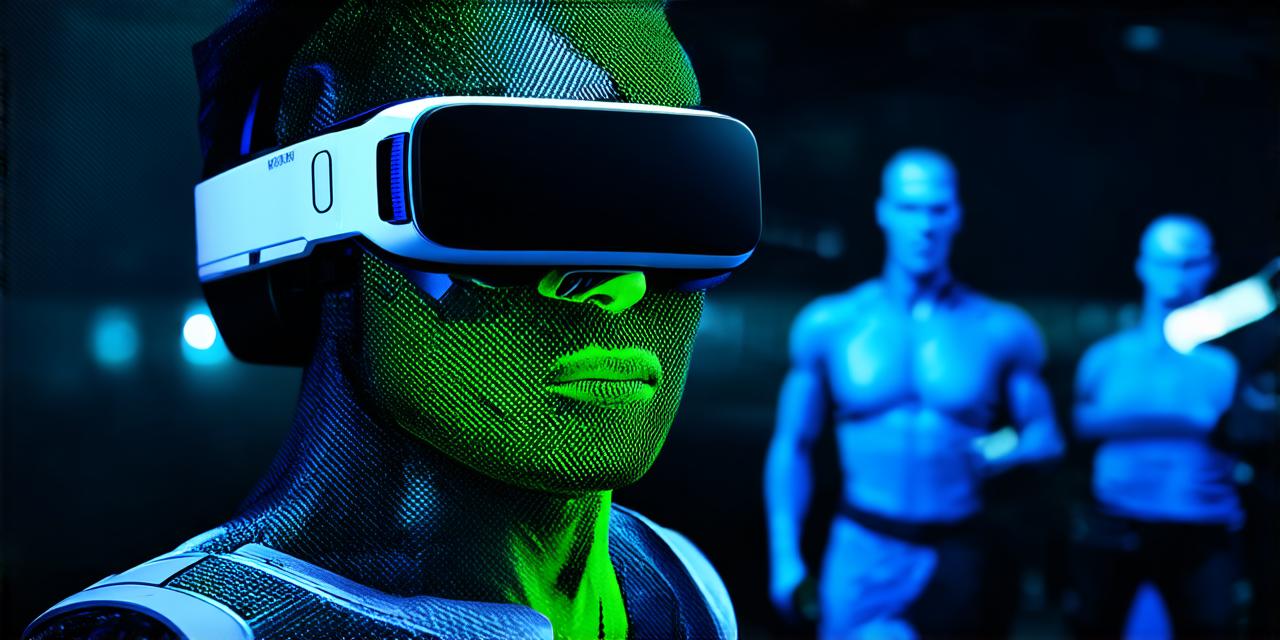Virtual Reality (VR) technology has revolutionized the way we experience immersive media. It has opened up new possibilities for gaming, education, entertainment, and more.
But for virtual reality to ensure a seamless and enjoyable experience, two essential characteristics are necessary: immersion and interactivity.
Immersion refers to the degree to which a person feels fully present in a virtual environment. The more immersive the experience, the more likely a person is to forget that they are not actually in the real world.
This can be achieved through various means such as high-quality graphics, spatial audio, and haptic feedback.
Interactivity refers to the ability of a user to interact with the virtual environment in a meaningful way. This can be achieved through various input devices such as hand controllers, headsets, or motion capture suits.

Interactivity allows users to explore the virtual world, engage with objects and characters, and perform actions that would not be possible in real life.
Together, immersion and interactivity create a powerful combination that enables users to fully immerse themselves in a virtual world and experience it as if they were really there. Without one or the other, the VR experience would not be as enjoyable or realistic.
In conclusion, for virtual reality to ensure a seamless and enjoyable experience, immersion and interactivity are essential characteristics. By combining these two elements, VR technology can transport users into fully immersive and interactive virtual worlds that allow them to experience new and exciting things.



